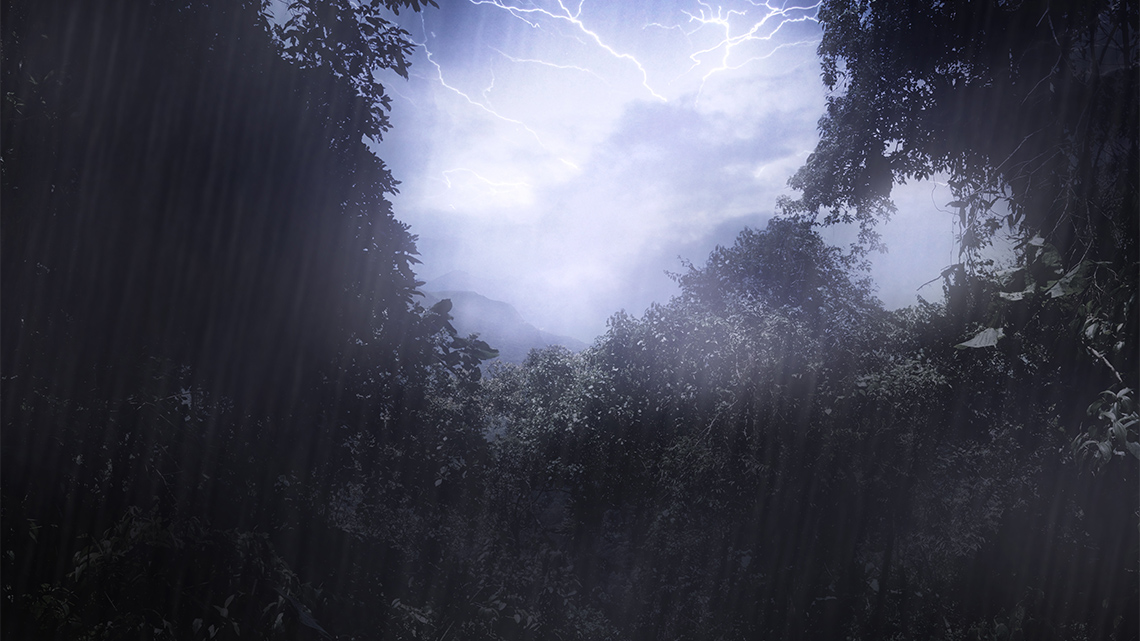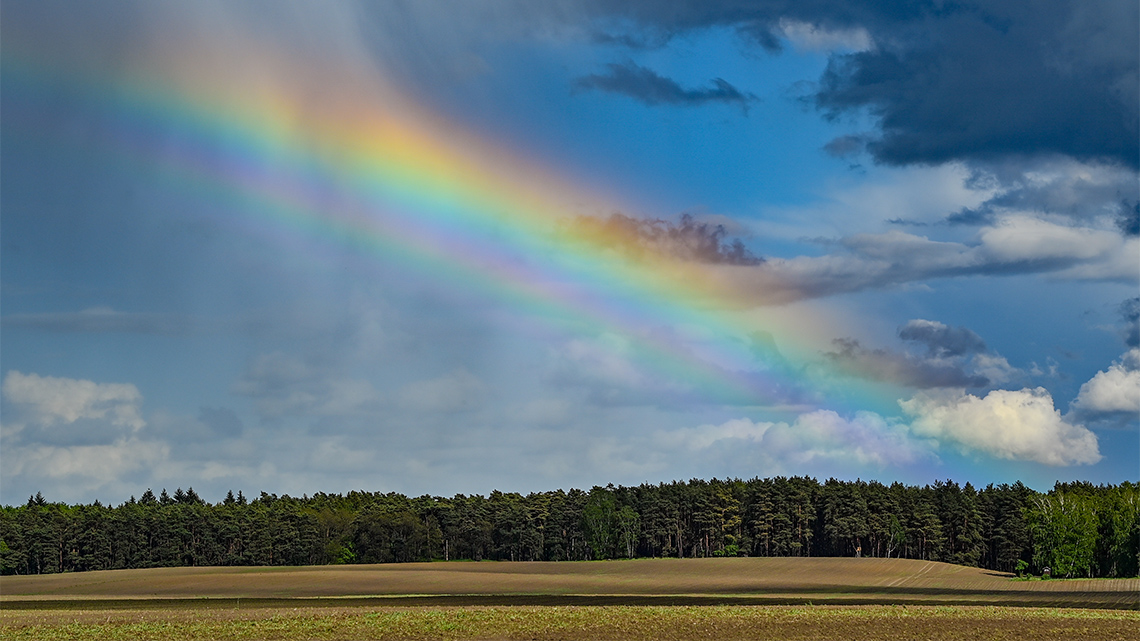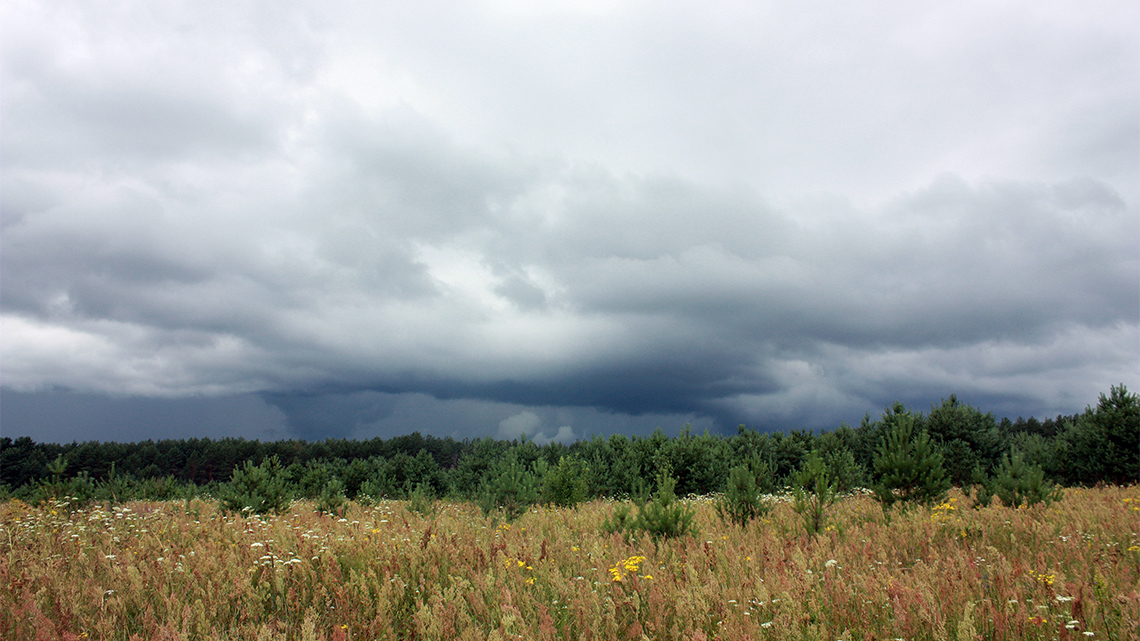Minds On
Today’s vocabulary
Press the following tabs to access the definitions for today’s vocabulary.
Let’s get started!
Examine the following images of a rainstorm and/or its description.
After you have examined the images, consider the following question.
What words do you think could be used to describe what happens before, during, and after a rainstorm?
Record your list of action words digitally, orally, or in print.
Action
Get ready, get set…
Let’s revisit the images of a rainstorm from the Minds On section.
What action words did you come up with?
Press the ‘Examples’ button to access some examples of action words for the images.
Before a rainstorm: rumbling, drizzling, gloomy.
During a rainstorm: blowing, flashing, booming.
After a rainstorm: calm, sprinkling, splashing.
Using the elements of body/space/energy, let’s explore how to translate these words into movement. How could someone move their body to represent the words used to describe the rainstorm?
Let’s review some important definitions for this activity.
Definitions
Body zones
Regions of the body, including front, back, left side, right side, upper half, and lower half.
Levels
The distance between a dancer’s movement to the floor, usually measured as high, medium, and low.
Energy
The force with which the body moves (e.g., light, strong, sustained, sudden).
In order to answer the previous question, first select a word for each image about a rainstorm (before, during, and after).
For example, you could choose the following words for each image:
Before a rainstorm: rumbling
During a rainstorm: blowing
After a rainstorm: calm
You can represent the chosen words from the previous example with the following movements using body zones/levels/energy.
Press the following tabs to access the movement descriptions.
The movement using body zones/levels/energy for the word ‘rumbling’ can include the following steps:
- Start at a low level curled into a ball.
- Sit up slowly, stretch arms above the head, and wave them slowly from side to side.
- Slowly rise to a high level as if the body is very heavy.
The movement using body zones/levels/energy for the word ‘blowing’ can include the following steps:
- Gallop quickly in random directions around the space.
- Wave the arms and reach up high, to the middle, and down low.
The movement using body zones/levels/energy for the word ‘calm’ can include the following steps:
- Slowly sway the whole body from side to side.
- Continue swaying, while slowly gliding smoothly around the space.
Go!
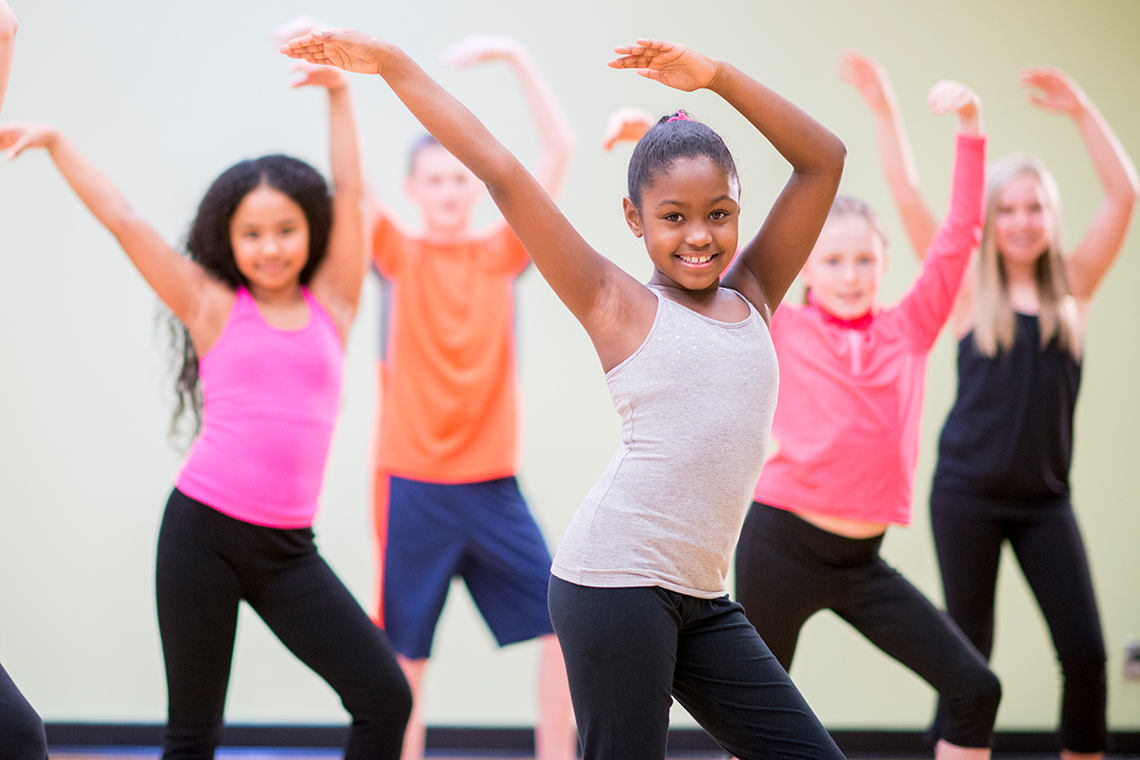
Now that you have chosen your words, it is time to create a short movement sequence using a rainstorm or another weather form of your choice for inspiration.
Include in your movement sequence what happens before, during, and after the weather event.
Recall that a movement sequence is…
Part of a larger dance piece. Dancers connect movements to form a sequence. A dance sequence is longer than a phrase but shorter than a section. It may be performed by itself or be part of a larger dance piece. It has a beginning, middle, and end.
Before we get started on your movement sequence, let’s explore the following safety checklist.
Safety
Before you begin:
Examine the following weather cards and select one of the weather forms to base your movement sequence on.
Once you have selected your weather form, create three movements. Your movements should represent before, during, and after the weather event you chose.
Use the following checklist to help you create your movements.
My dance sequence checklist
Portfolio
Portfolio
Complete the Movement Sequence Organizer in your notebook or using the following fillable and printable document to record your movement sequence. If you would like, you can use speech-to-text or audio recording tools to record your thoughts. Consider adding your work to your dance portfolio.
Include the weather form, three action words (before, during, and after), and a description of each action.
|
The weather form I chose is: (Blank)(Blank) |
||
|
Before (Blank)(Blank)(Blank)(Blank) |
During (Blank)(Blank)(Blank)(Blank) |
After (Blank)(Blank)(Blank)(Blank) |
|
Description of Action #1: |
Description of Action #2: |
Description of Action #3: |
Press the ‘Activity’ button to access Movement Sequence Organizer.
If possible, try out your movement sequence. You could also record your movement sequence using a method of your choice.
Safety reminder
Always be sure to do your safety checks before any physical activity!
Consolidation
Putting it all together
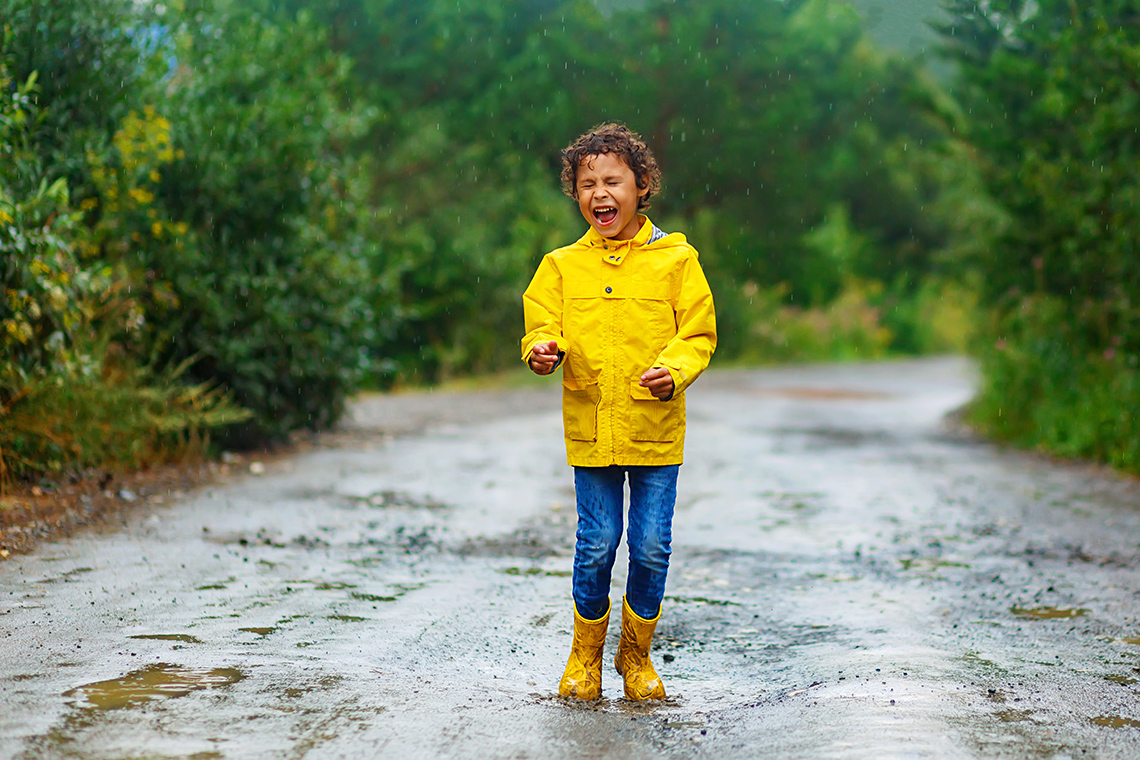
Dancing in the rain
Portfolio
Review your learning
Use the following questions to reflect on your movement sequence.
- Describe how the movements from your sequence connect to the weather form you chose.
- Consider the elements of dance that you used. Is there one element of dance that is more important than the others? Why or why not?
- How would your movement sequence change if you added another weather form? For example, think about how the energy might change.
Record your responses using a method of your choice. Consider adding your work to your portfolio.
Reflection
As you read through these descriptions, which sentence best describes how you are feeling about your understanding of this learning activity? Press the button that is beside this sentence.
I feel…
Now, record your ideas using a voice recorder, speech-to-text, or writing tool.

